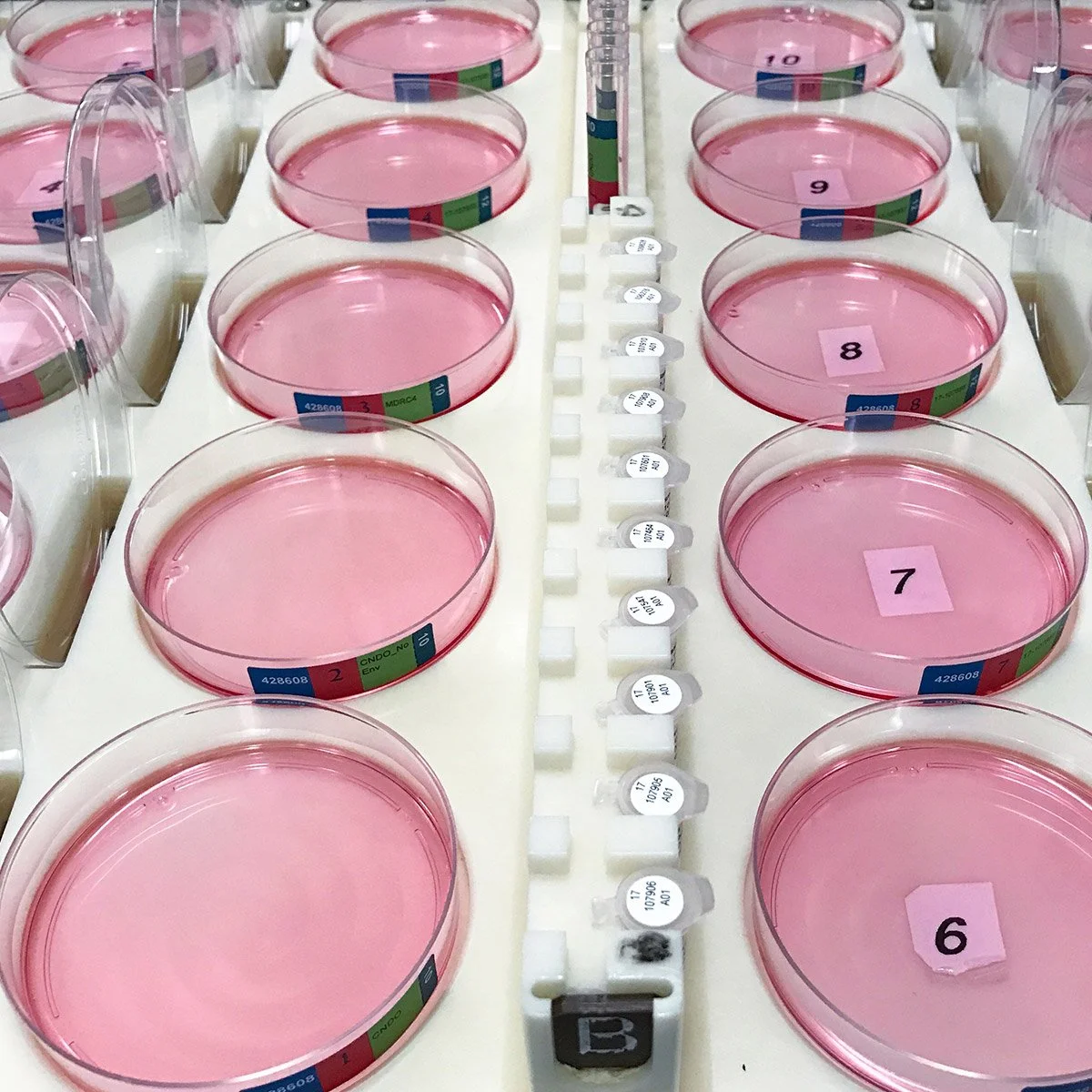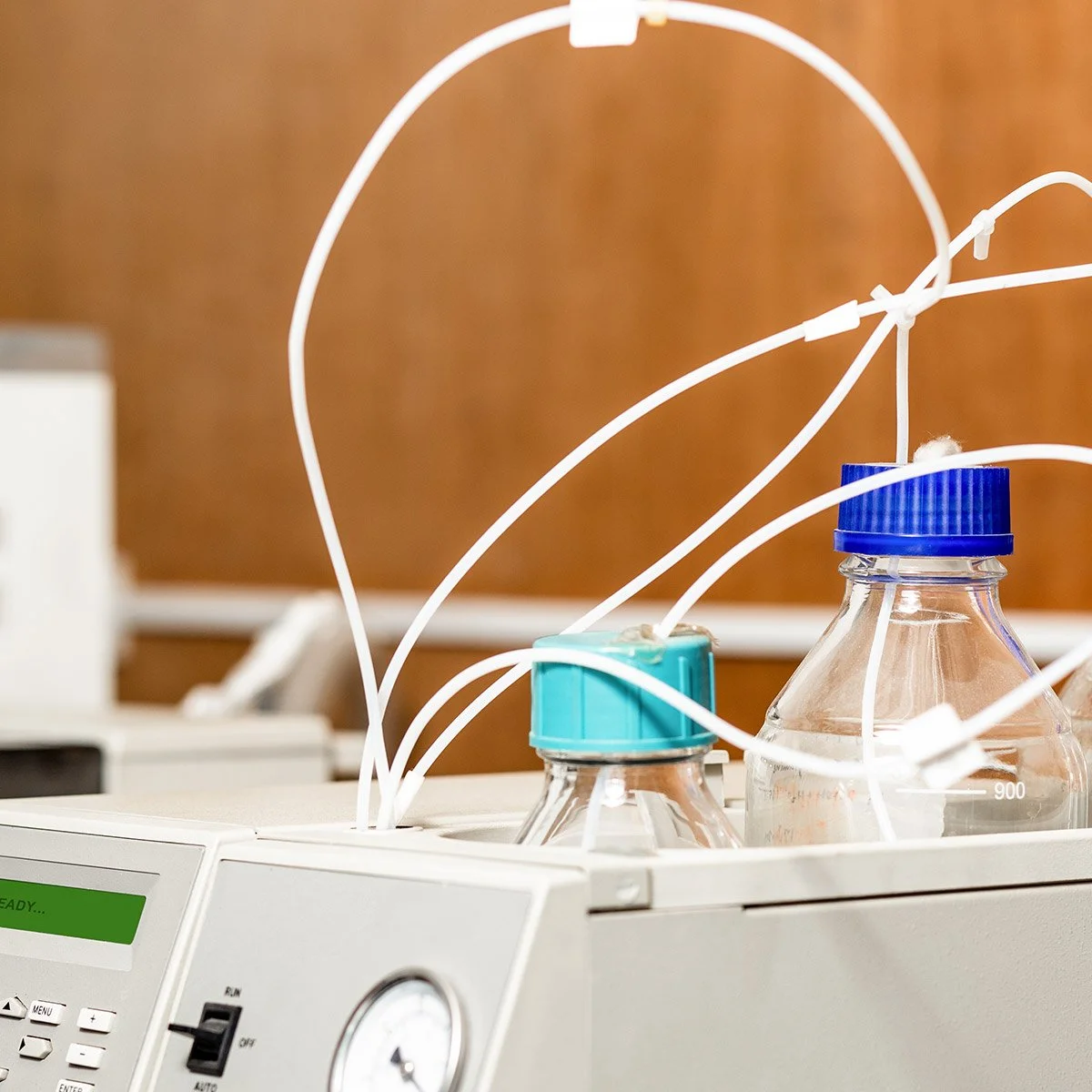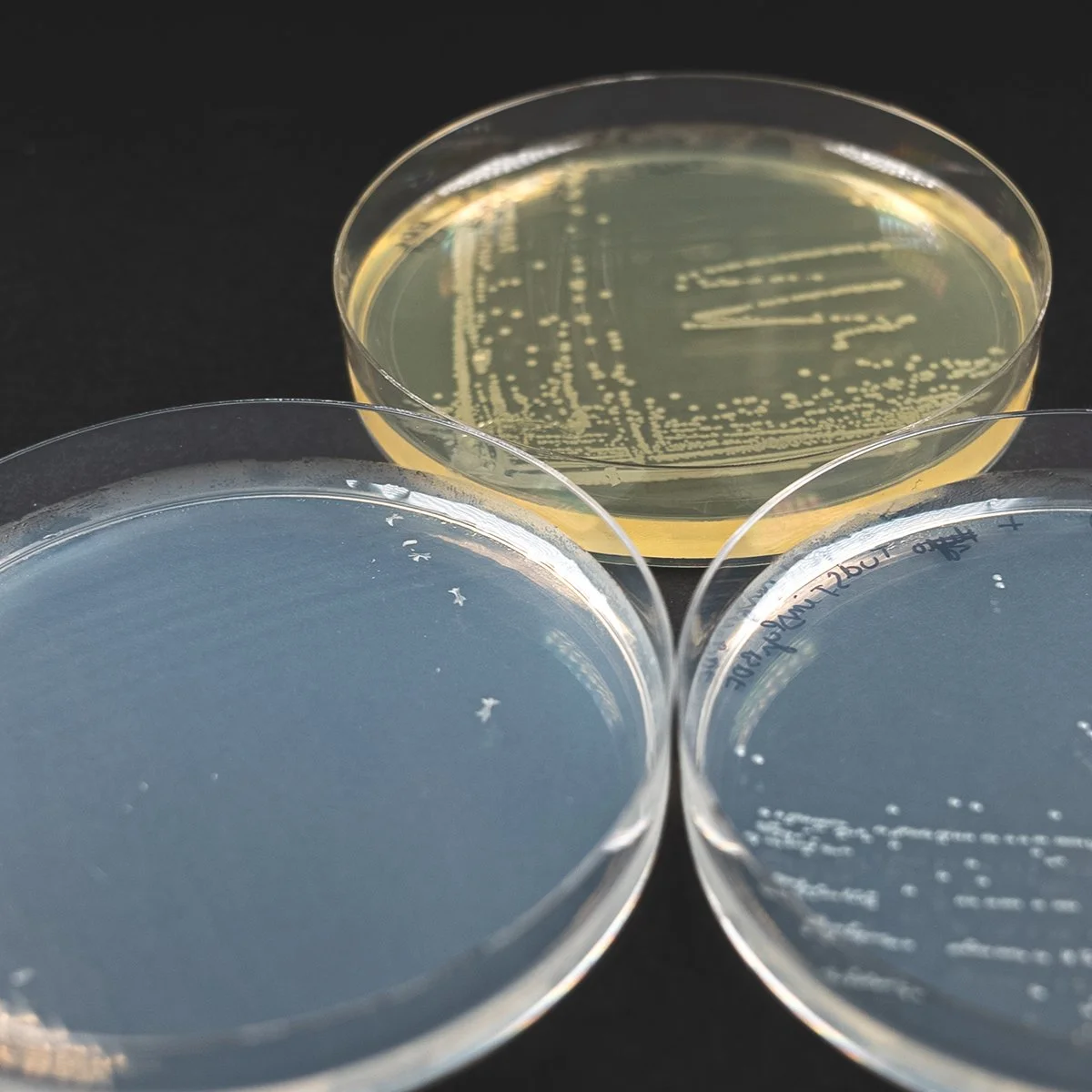"The ACT label provides transparency to allow us to learn how to improve the environmental impact of life science work. " -Allison Paradise, Director of My Green Lab
My Green Lab
The non-profit organization My Green Lab works to make scientific research sustainable. Their Green Lab Certification program provides direct, lab-specific guidance to help scientists save energy, conserve water and reduce waste. With clear objectives in hand, scientists make improvements and secure institutional support. Since its introduction in 2013, the Green Lab Certification program has created a dramatic, nationwide, cultural shift in how scientists approach their laboratory work. The impact of the laboratory freezer challenge alone has led to 2.7 million k Watt hours saved in the first year alone, and thus $100's of thousands in funds for research institutions! My Green Lab has done a terrific job supporting and uniting scientists towards sustainable lab work.
Of course I was delighted to be able to interview My Green Lab Director, Allison Paradise, about their newest project, the ACT labels.
What is an ACT label and what is its purpose?
The ACT label is an environmental impact factor label for life science lab products. ACT-labeled products are independently audited by Sustainability Made Simple and verified by My Green Lab. The label assigns scores to the manufacturing, user impact and end of life aspects of a product. The lower the final score, the lower the overall environmental impact. Laboratory products are not expected to have perfect scores. The label is a simple communication platform to begin the process of exploration. The ACT label provides transparency to allow us to learn how to reduce the environmental impact of life science work.
How does the ACT label benefit research institutions and end users?
The benefit of ACT label guidance not only encompasses the environmental impact of how a product is produced and shipped, it also communicates the environmental and health impacts that result from its use by scientists.
Here is an example. Let's say a researcher wants to dispose of a lab item in an eco-friendly way. Very often they face immediate obstacles. The disposal recommendations by manufacturers don't always match up with those provided by their EHS Department, who in turn must meet the standards of the EPA, OSHA, municipal recycling, waste and water departments...you get the picture. There can be a lot of confusion that is not cleared up by MSDS sheets. It's no wonder that so much waste is land filled.
The ACT label supports the sustainability goals that many research institutions have set to reduce their greenhouse gas (GHG) emissions. It's not practical or efficient for each individual institution or procurement specialist to gather information from all the individual life science distributors necessary to calculate how using various items will affect their overall GHG emissions. Not to mention that some product manufacturing information is proprietary, which makes it challenging for most people to do a full product analysis.
Why do you think that there is a trend towards scientific research institutions turning their attention to sustainable procurement?
When research institutions look at how to reach their own sustainability goals, they realize that sustainable procurement is a huge component to their success. Reducing carbon emissions is often in alignment with the core values of an organization, and often reducing carbon emissions can lead to significant savings in operational costs. Scientists themselves care about protecting the natural world and want to work for research institutions who are considered thought leaders in sustainability. Of course, sustainable procurement has been a trend outside of the science community for some time. The life science community has taken note of this trend in other industries, and of organizations like the sustainable purchasing leadership council (SPLC), which has been instrumental in setting sustainable procurement guidelines for other industries. The ACT label fits into these goals.
How is the ACT label different from other sustainable analysis services and eco-labels?
Most importantly, the ACT label is easy to use and accessible. The only other action that would capture this sort of information would be a product life cycle assessment. Unfortunately these types of assessments can run $15,000 to $50,000 for a single product. It's just not practical for an industry for such a diverse array of products.
Other eco-labels are very narrow. The ENERGY STAR label for example, sets a specific standard for energy efficiency. But In life sciences laboratory work, we don't yet know what the standards should be for energy consumption, or recycled content in a product, for example. Therefore the ACT label is about starting that learning process. We want people to be confident about exploring the impact of laboratory work. The ACT label has a broad scope by design, to provide data for both scientists and scientific manufacturers to ensure optimal product utility - while minimizing environmental impact.
What is the value of the ACT labels to laboratory product manufacturers?
There are three big benefits to manufacturers. First, applying for an ACT label provides high quality feedback on product design. Going through the auditing process highlights opportunities of which teams might not otherwise be aware of. The ACT label also verifies that the product documentation and guidance to customers is correct and applicable. Second, we already know that going green gives products a competitive advantage. Life scientists work in the field because they want to make a positive impact on human health and our environment. Eliminating unnecessary waste and production of toxins fits into this culture.The ACT label demonstrates that the manufacturer cares about this issue. It shows that they have looked critically at their products and their own environmental impact. Finally, the ACT label puts products ahead of the curve as sustainable procurement is taking off in both the public and private sectors.
How big could the impact be when scientists use the ACT label?
Well that's the exciting part! We know the impact would be huge, based on the success of green lab programs. The ACT label provides the opportunity to extrapolate those results to improved production, delivery, user safety and disposal.
We knew there was potential for change based on the enormous success of the lab freezer program. Four years ago there was no consideration to energy efficiency for lab freezers. Once scientists showed their concerns and desire for options, manufacturers really stepped up. Now you see an industry wide transformation with at least four ENERGY STAR laboratory freezers on the market. Choosing freezers with the ENERGY LABEL could results in a 50% energy reduction for approximately 600,000 lab freezers in the US. That translates into 200 - 400 million dollars saved annually in utility bills. Green lab programs for water conservation has had a similar impact with 97% more efficient autoclaves. We saw results like these, and knew what was possible in laboratories.
The ACT label similarly creates a shared understanding to clarify our goals. Just like using a nutritional label for dieting...the ACT label will help us trim down excesses from lab work. Life science product developers will have eco-friendly targets to aim for. Laboratories will be able to choose the 'best fit' products for their work.















